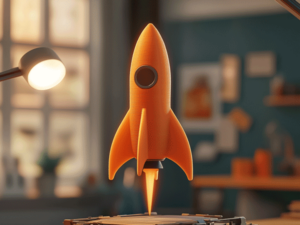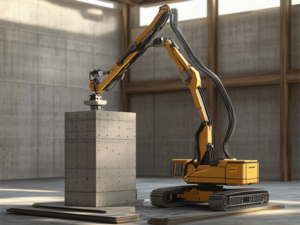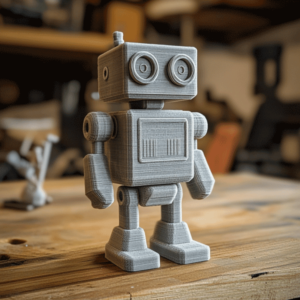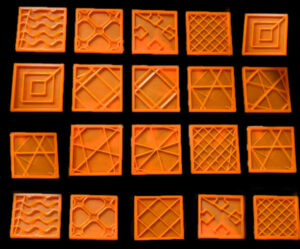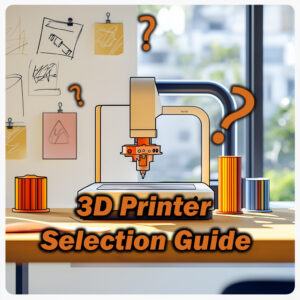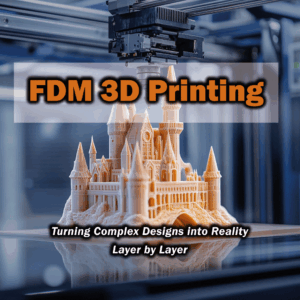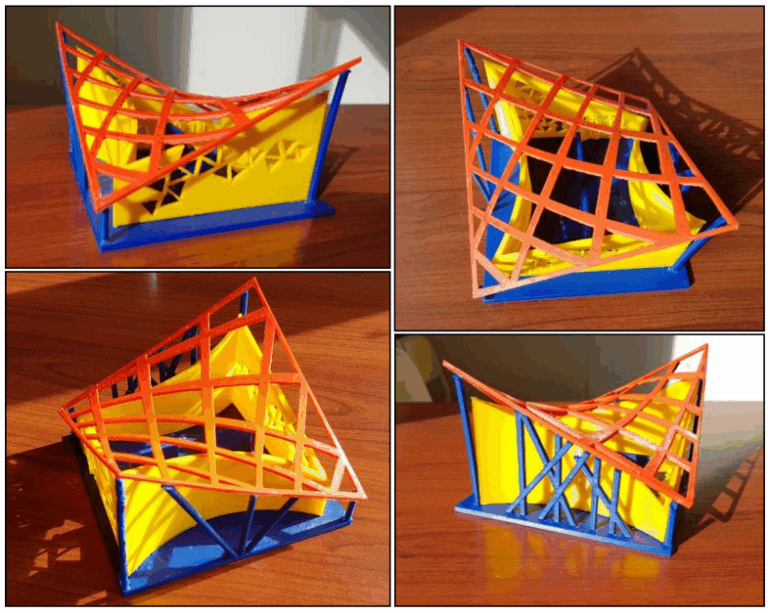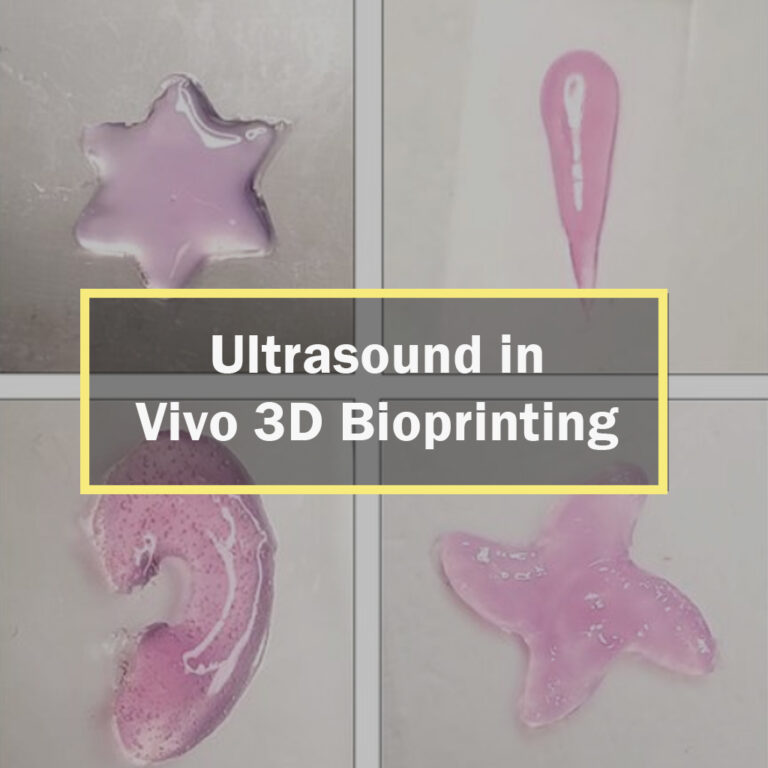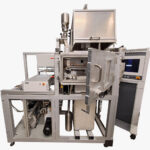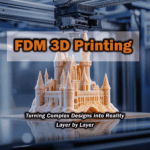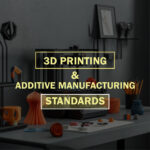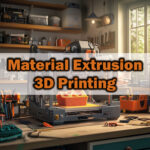3D Printing in the Automotive Industry
The automotive industry, one of the world’s largest industries, which began in the late 19th century with the development of motor vehicles and grew in the early 20th century with the introduction of mass production techniques, is now being significantly shaped by the rise of 3D Printing in the Automotive sector. Initially, assembly processes were performed manually, but in 1908, the assembly line system developed by Henry Ford ushered in the era of mass production. These advancements not only accelerated production processes but also reduced costs.
As expected, technological advancements have critically influenced the automotive sector, leading to significant developments and changes in production strategies.
Looking back at its history: the improvement of internal combustion engines and the introduction of aluminum and steel parts in engines (1920-1930), the invention of automatic transmission and hydraulic systems (1930-1940), the adoption of safety measures such as crash resistance and seat belts (1950), the widespread use of electronic systems and microchips (1960-1980), the emergence of eco-friendly technologies and electric vehicles (1990-2010), and the increasing prevalence of autonomous driving technologies in the present day have all demonstrated the continuous evolution of the automotive sector.
Amidst all these advancements, 3D Printing in the Automotive industry has also been integrated, adding another layer of innovation to its processes.
The Transformative Role of 3D Printing in the Automotive Industry
3D printing technologies were first introduced in the 1980s as part of rapid prototyping processes, enabling designers to quickly test new parts. Due to the high costs and time-consuming nature of traditional prototyping processes, 3D printing technologies were easily integrated into the automotive sector thanks to the advantages they offered.
In the early days, 3D printing technology was primarily used in R&D projects due to limited printing capabilities, restricted material options, and high costs. However, as the technology advanced, the availability of cost-effective plastic and metal materials made 3D printing more accessible and began to play a more active role in various production processes. During this period, 3D printing became a preferred method for producing molds and assembly tools.
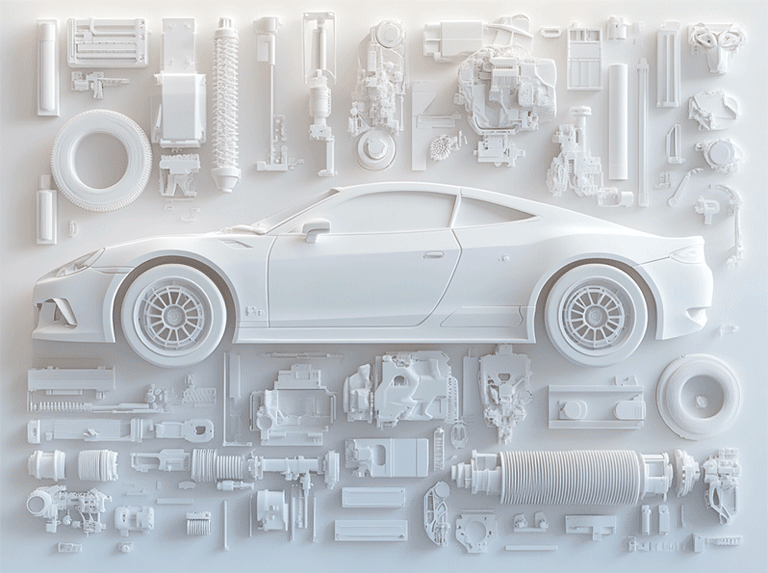
As we approach the present day, the production of lighter parts for hybrid and electric vehicles, frequent use in spare parts production, and customized designs have made 3D printing even more indispensable.
Initially used primarily for rapid prototyping, 3D printers are now being widely utilized beyond prototyping, actively contributing to mass production processes.
The general impacts of 3D printers on the automotive industry can be summarized as follows:
- Prototype Production
- Low-Volume Production
- Spare Part Production
- Vehicle Lightweighting
- Cost Reduction
- Personalized Manufacturing
- Faster Time to Market
How does the automotive industry benefit from 3D metal printing?
Let’s review the article written by Megan R. Nichols in Metal Powder Report on how the automotive industry benefits from 3D metal printing technology.
The article emphasizes that 3D printing is no longer limited to hobbies and DIY projects; like many other industries, it is also transforming and advancing the automotive sector. It discusses applications where 3D metal printing has modernized production processes.
Customization in Luxury Vehicles with 3D Printing
Luxury car brands like Rolls-Royce are using 3D printing to create fully customized vehicles tailored to their customers. While some customers still prefer standard showroom models, customized car design applications are becoming increasingly popular. Major companies like Rolls-Royce offer customization options for everything from the vehicle’s body to its interior components, thanks to 3D printing technology.
Addressing Spare Part Challenges for Classic Cars with 3D Printing
Another highlighted topic is the issue of sourcing spare parts for classic cars. Companies like Porsche are known to turn to 3D printing technology to address this challenge. Porsche aims to produce parts from its catalog of 52,000 classic car components, which traditionally required molding, using 3D printing technology. To test this innovative approach, Porsche manufactured a clutch release lever for the Porsche 959 using 3D printing. After successfully passing all tests, the company decided to expand the scope of this pilot application.
Additionally, Rolls-Royce, a company that works not only in automotive engineering but also in aircraft engines and aerospace technologies, has published a video on 3D printing technology and how they utilize it. Let’s analyze this video as well.
Neil Mantle, Head of Additive Manufacturing at Rolls-Royce, discusses 3D printing technology, its advantages, and how Rolls-Royce leverages this technology. The company uses 3D printing techniques such as Selective Laser Sintering (SLS) and Selective Laser Melting (SLM), which are additive manufacturing methods that selectively melt powdered materials to create layers.
Highlighting the applications of 3D printing in the aerospace sector, Neil Mantle notes that this technology enables the production of complex geometries without material waste.
Another significant advantage of 3D printing technology is its ability to facilitate effective collaboration between designers and production engineers. This can be considered both a necessity and a benefit, as transitioning a product from design to production using traditional manufacturing methods is often a long and complex process. In contrast, this transition is much faster and more practical with 3D printing. 😊
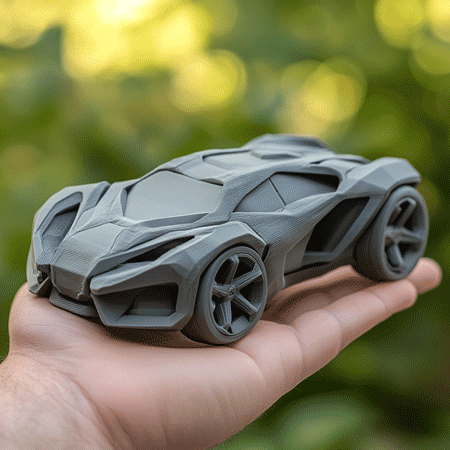
References
Nichols, M. R. (2019). How does the automotive industry benefit from 3D metal printing? Metal Powder Report, 74(5). Elsevier Ltd. https://doi.org/10.1016/j.mprp.2019.07.002
Henry Ford on Mass Production – Insights into the pioneering assembly line innovations that revolutionized manufacturing.
Wohlers Report 2015 – A comprehensive analysis of additive manufacturing and 3D printing advancements.

